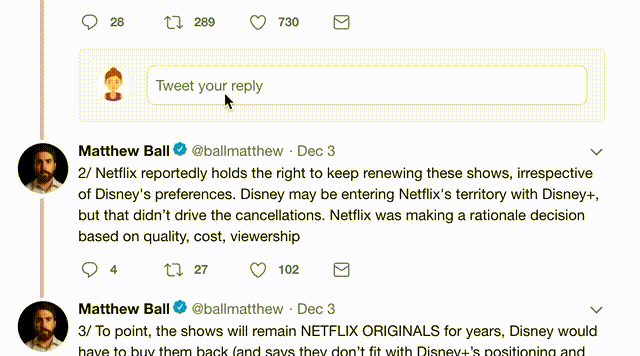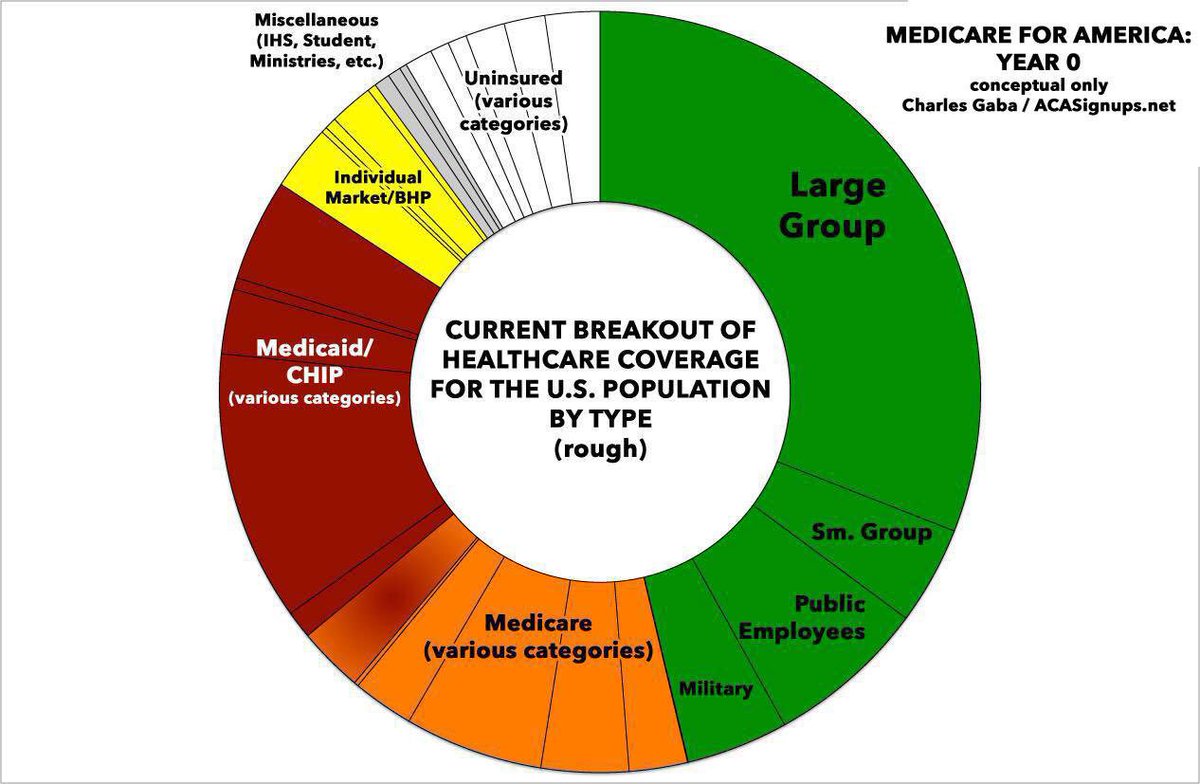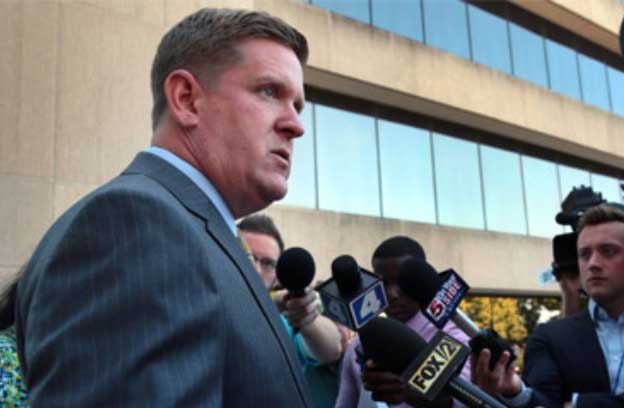All of these are important, but some would have a more obvious impact than others. The two biggest are 1) removing the 400% FPL subsidy cap and 2) beefing up the subsidy formula.
2/
acasignups.net/19/03/25/how-m…
3/
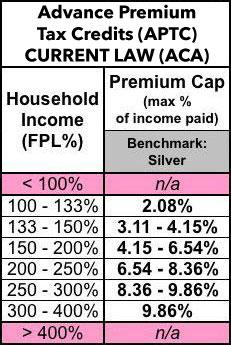
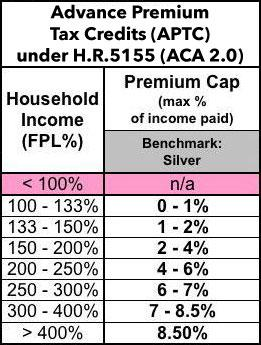
OK, let's start out with a single 30-year old...the so-called "Young Invincible". 11/
Currently, if they earn $25K/year, they only have to pay $136/mo.
Under #ACA 2.0, they'd only have to pay $83/mo, saving an additional $636/year.
If they earn $37K, they'd go from paying $308/mo to $219, saving $1,068.
12/
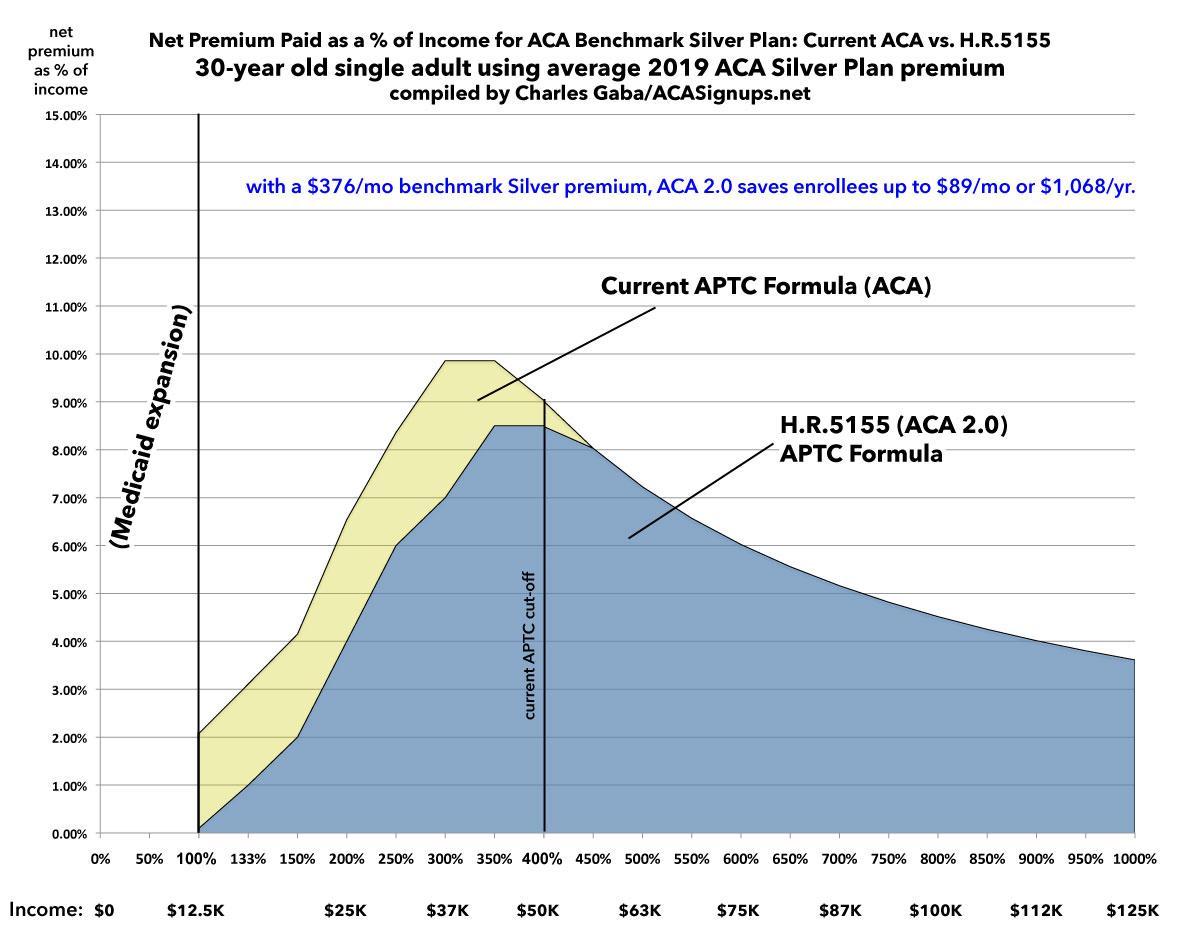
At 50 years old, under the *current* ACA subsidy formula, if you go from earning $49,960 (400% FPL) to $50,000 (401% FPL) your net premium IMMEDIATELY jumps from $376/mo to $592...a 57% spike! 16/
Here's what that looks like...and now you understand why it's called a "Cliff":
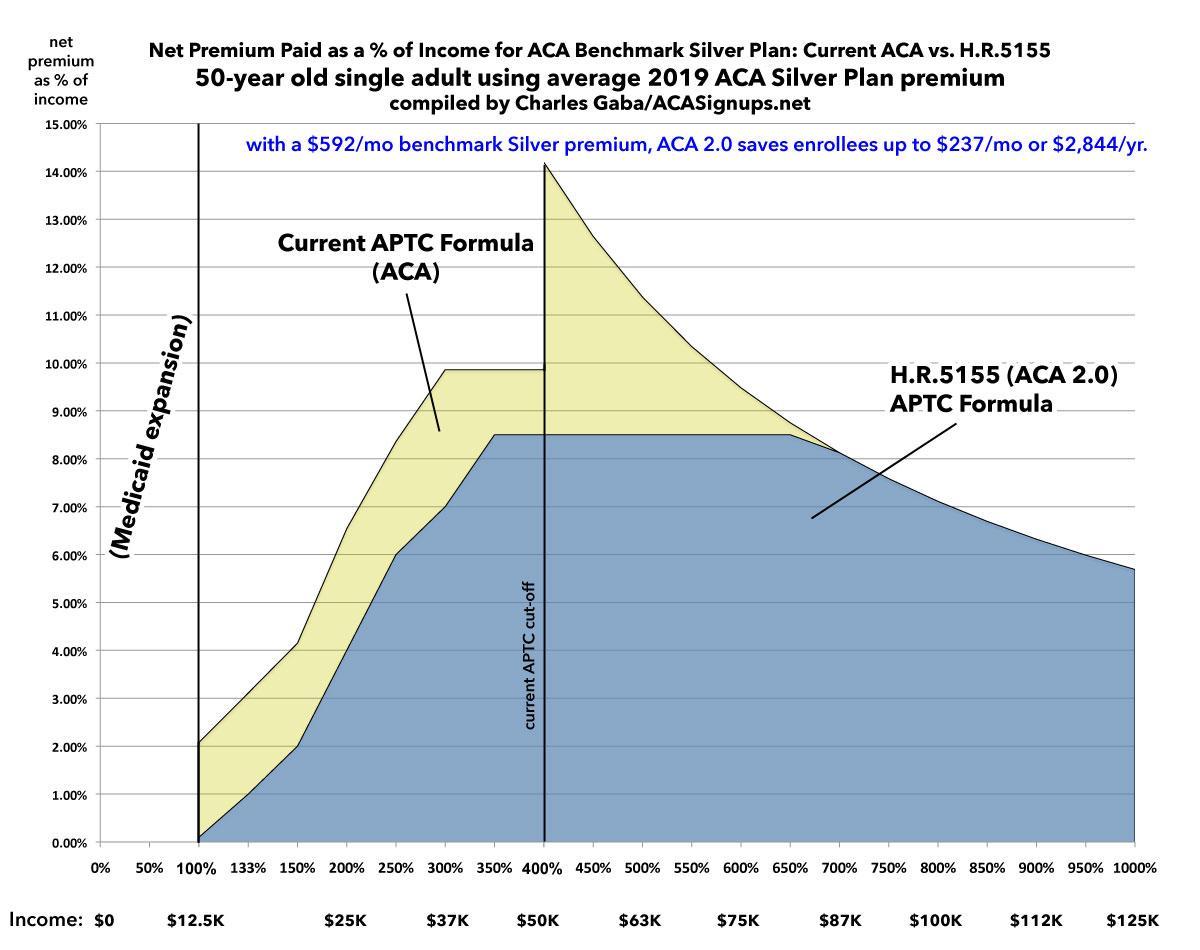
Under #HR5155, they'd only pay 8.5% of their income no matter what: $4,250 if they earn $50K; $6,375 if they earn $75K; $8,500 if they earn $100K. 21/
If you find these explainers helpful and would like to support my work, please do so here, thank you! acasignups.net/donate /END


